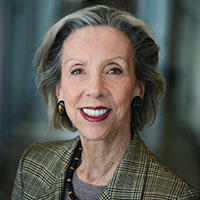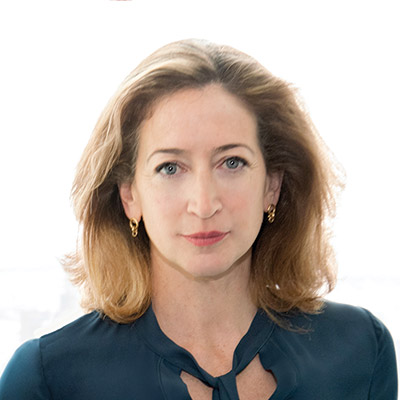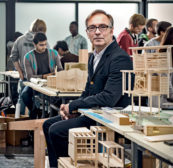Articles by Josephine Minutillo
Innovations in Glass
Continuing Education: Corning Museum of Glass, New York
Reflections on the Box: A new addition at the Corning Museum of Glass by Thomas Phifer and Partners continues a tradition of invention at its upstate New York campus.
Read More
Fondation Vincent van Gogh
Fluor Architecture's renovation of a 15th century building for the Fondation Vincent van Gogh d'Arles exploits the city's brilliant sunlight.
Read More
Equestrian Project
The 30,000 square-foot complex includes a freestanding main house flanked by stables and a riding ring.
Read More
The Arcus Center for Social Justice Leadership at Kalamazoo College
Against The Grain: For an academic center, a former RECORD Vanguard architect revives a centuries-old building method to create a new archetype.
Read More
Oberlin College, Bibbins Hall
American Gothic: Westlake Reed Leskosky raises the roof in its overhaul of a music building by Minoru Yamasaki.
Read More
Copyright ©2024. All Rights Reserved BNP Media.
Design, CMS, Hosting & Web Development :: ePublishing


